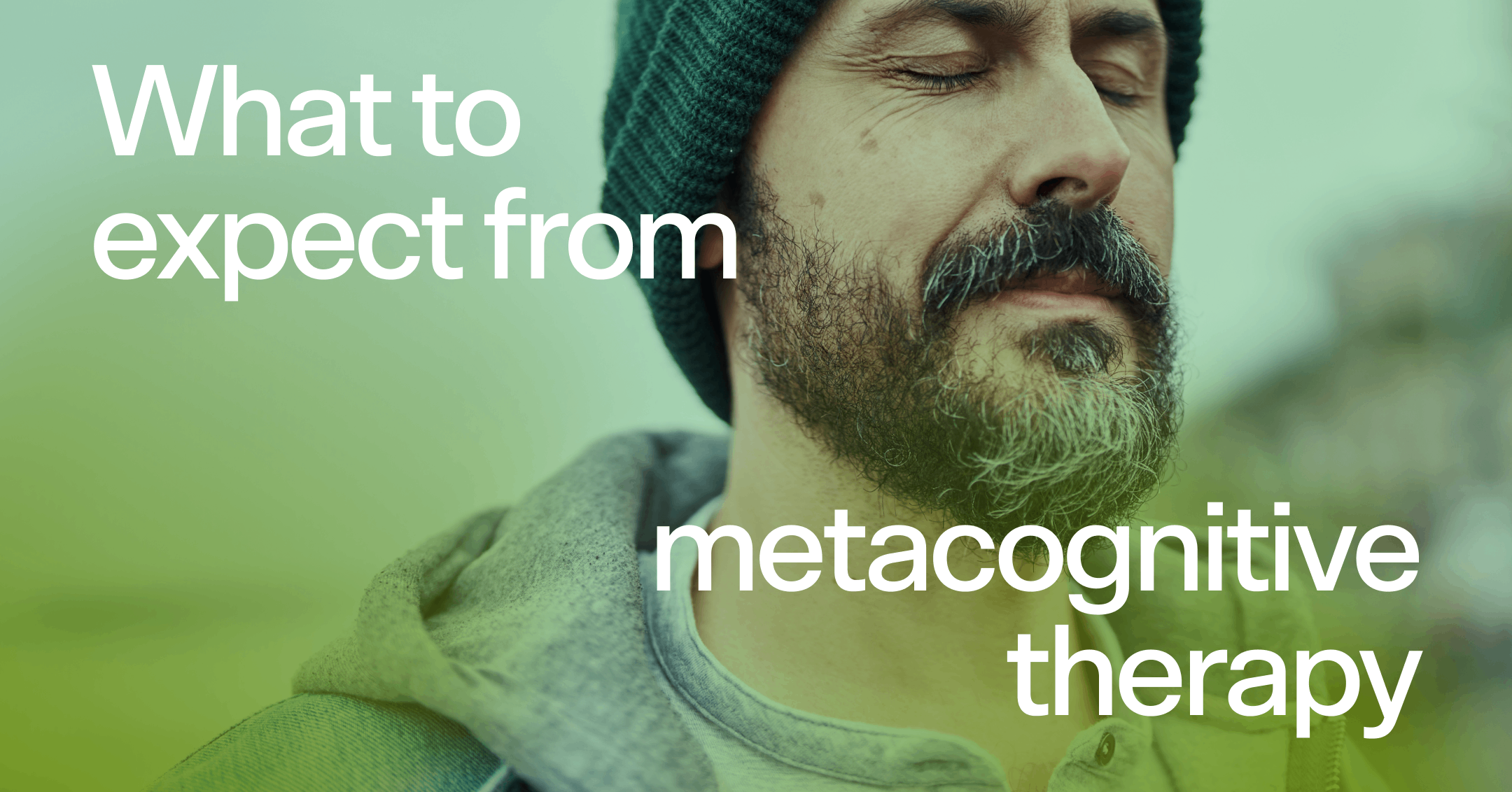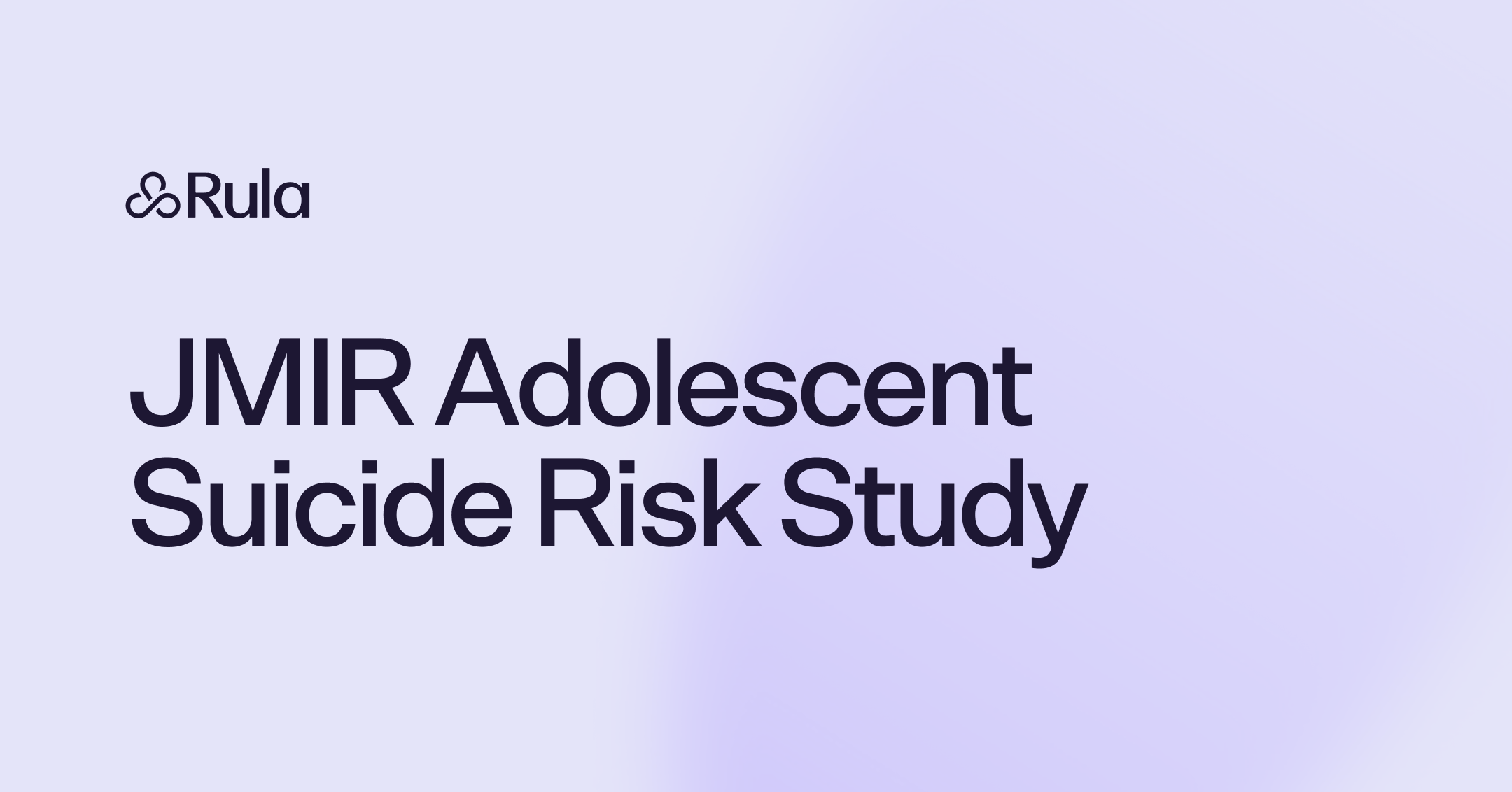Hypervigilance, a response to the way trauma affects the brain’s ability to feel safe, is a core symptom of PTSD.
People who have survived a traumatic event but don’t have PTSD can also experience hypervigilance.
Professional support, like therapy, can help you reduce hypervigilance and improve daily functioning.
If you live with post-traumatic stress disorder (PTSD), you might find yourself constantly on edge or scanning your surroundings for danger. This is called hypervigilance. It’s a common response to trauma and can make it hard to feel safe, even when there’s no immediate threat. Hypervigilance in PTSD is a very common experience. And, like other symptoms of PTSD, hypervigilance can be managed with the right support. Learning to recognize the signs of hypervigilance is a helpful first step. Therapy is considered the most effective treatment for PTSD.
Symptoms of hypervigilance in PTSD
Hypervigilance is defined as a state of being abnormally alert for the purpose of scanning for potential threats. It’s a response from your nervous system trying to protect you after trauma. But it can become exhausting over time.
According to diagnostic criteria, hypervigilance is listed under PTSD symptoms related to “arousal and reactivity.” This means your body and mind stay on edge, especially in situations that remind you of the trauma.
You may be experiencing hypervigilance after a traumatic event if you:
Check your surroundings for potential threats constantly
Plan for how you’ll escape or react if someone were to try to hurt you when in public
Feel overwhelmed by the amount of potential dangers
Worry that something bad will happen if you let your guard down
Hypervigilance might feel particularly intense when you’re facing a trauma trigger or something that reminds you of the traumatic event.
Other symptoms of PTSD that are related to hypervigilance include:
Experiencing irritability or sudden anger
Feeling jumpy or easily startled
Difficulty concentrating
Having trouble sleeping
Hypervigilance — especially over the long term — can have serious effects on your health. Hypervigilance is a sign that your nervous system is on alert and scanning for dangers, even when there’s none present. Chronically high levels of stress can cause health issues like high blood pressure, a weakened immune system, or heart problems.
In addition, hypervigilance can get you stuck in a feedback loop. When you’re hypervigilant, you’re more likely to notice potential dangers. This can make you believe that there’s more danger out there, which can make you even more hypervigilant.
The care you need, when you need it
Learn how Rula can support your mental health journey
When the cause of hypervigilance is PTSD
Hypervigilance has a neurobiological explanation. Research shows that the brain is impacted by PTSD. Specifically, PTSD affects the amygdala, which is the part of the brain that’s responsible for processing emotions — especially fear and anxiety.
It makes sense why you’d feel more hypervigilant if you live with PTSD. Trauma is an experience that affects your sense of safety. It’s understandable to feel afraid of letting your guard down after surviving a traumatic experience. This response is your brain and body trying to keep you safe.
But PTSD isn’t the only health condition connected to hypervigilance. Other mental health conditions that involve hypervigilance include:
All of these conditions can co-occur with PTSD. So it’s important to get an accurate diagnosis. Mental health providers can help you rule out other conditions — and give a clearer picture of whether PTSD, another condition, or both is behind your hypervigilance.
Finding relief from trauma-related hypervigilance
Not everyone who goes through trauma develops PTSD. But they can still have challenges with symptoms like hypervigilance. Some people find that their hypervigilance goes in time.
But if you’ve developed PTSD, or if hypervigilance hasn’t gone away with time, you might benefit from additional support.
PTSD treatment can help you learn how to manage hypervigilance along with other symptoms. According to clinical guidelines, the most effective treatment types for PTSD are:
Other treatments that can help include:
A therapist can give you a safe space to process traumatic memories and start to heal from what happened through a trauma-informed approach. Together, you can create a treatment plan that addresses your hypervigilance and PTSD needs. If you’re interested, talk with your psychiatric provider about medication options that might help manage your symptoms in a way that fits your unique needs.
If you feel like you're always tense or watching for danger — even when nothing is wrong — that’s a sign it’s time to seek professional support. You don’t have to deal with that kind of stress on your own.

Brandy Chalmers, LPC
Clinical reviewer
Find care with Rula
PTSD-related hypervigilance can make the world feel like a frightening place. But there’s hope for feeling safe again. Professional support, like therapy, can help you reduce hypervigilance along with other PTSD symptoms.
At Rula, we’re committed to delivering a comprehensive behavioral health experience that helps people feel seen and understood so they can get back to feeling their best.
Rula makes it easier to find a licensed therapist or psychiatric provider who accepts your insurance so you don’t have to choose between affordable care and excellent care. With a diverse network of more than 15,000 providers, 24/7 crisis support, and appointments available as soon as tomorrow, we're here to help you make progress — wherever you are on your mental health journey.
Rula's editorial process
Rula's editorial team is on a mission to make science-backed mental health insights accessible and practical for every person seeking to better understand or improve mental wellness.
Members of Rula’s clinical leadership team and other expert providers contribute to all published content, offering guidance on themes and insights based on their firsthand experience in the field. Every piece of content is thoroughly reviewed by a clinician before publishing.




